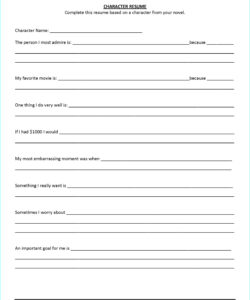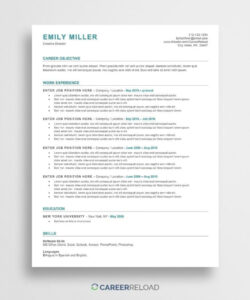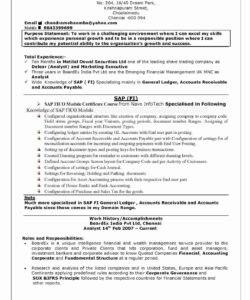Are you bilingual and looking for a job? Congratulations! Being bilingual is a valuable asset in today’s globalized world. However, it can be challenging to know how to showcase your language skills on your resume. In this article, we’ll show you how to put bilingual on resume in a way that will make you stand out to potential employers.
First, it’s essential to understand that there are different levels of language proficiency. You should be honest about your level of fluency in each language you speak. Here are some common terms used to describe language proficiency:
- Native or bilingual proficiency: You speak the language fluently and without an accent. You can read, write, and speak the language at a professional level.
- Professional working proficiency: You can use the language in a professional setting, but you may have some limitations. You may not be able to read or write the language at a professional level.
- Limited working proficiency: You can use the language in a limited capacity. You may be able to have basic conversations, but you may struggle with more complex topics.
- Elementary proficiency: You have a basic understanding of the language. You can understand simple sentences and have basic conversations.
Once you’ve assessed your level of language proficiency, you can decide how to showcase it on your resume. Here are some tips:
How to Put Bilingual on Resume: Tips
1. Include a language section: Create a separate section on your resume for your language skills. This section should include the languages you speak and your level of proficiency in each language.
2. Use keywords: Use keywords related to your language skills throughout your resume. For example, if you’re fluent in Spanish, include the word “Spanish” in your resume summary or objective statement.
3. Highlight your language skills: If you’re applying for a job that requires bilingual skills, make sure to highlight your language skills in your resume. You can do this by including specific examples of how you’ve used your language skills in the past.
4. Be honest: Don’t exaggerate your language skills on your resume. If you’re not fluent in a language, don’t claim that you are. It’s better to be honest about your level of proficiency than to get caught in a lie.
FAQs
Q: How do I list my language skills on my resume?
A: Create a separate section on your resume for your language skills. This section should include the languages you speak and your level of proficiency in each language.
Q: Should I include my language skills in my resume summary?
A: Yes, if you’re applying for a job that requires bilingual skills, make sure to highlight your language skills in your resume summary or objective statement.
Q: How do I know what level of proficiency I have in a language?
A: There are different levels of language proficiency. Be honest about your level of fluency in each language you speak. Here are some common terms used to describe language proficiency: Native or bilingual proficiency, Professional working proficiency, Limited working proficiency, Elementary proficiency.
Q: Should I include my accent on my resume?
A: No, you don’t need to include your accent on your resume. Your level of proficiency in the language is more important than your accent.
Q: How do I show that I’m bilingual on my resume?
A: You can show that you’re bilingual on your resume by including a language section and highlighting your language skills throughout your resume. Use keywords related to your language skills and include specific examples of how you’ve used your language skills in the past.
Now you know how to put bilingual on resume. Good luck with your job search!


